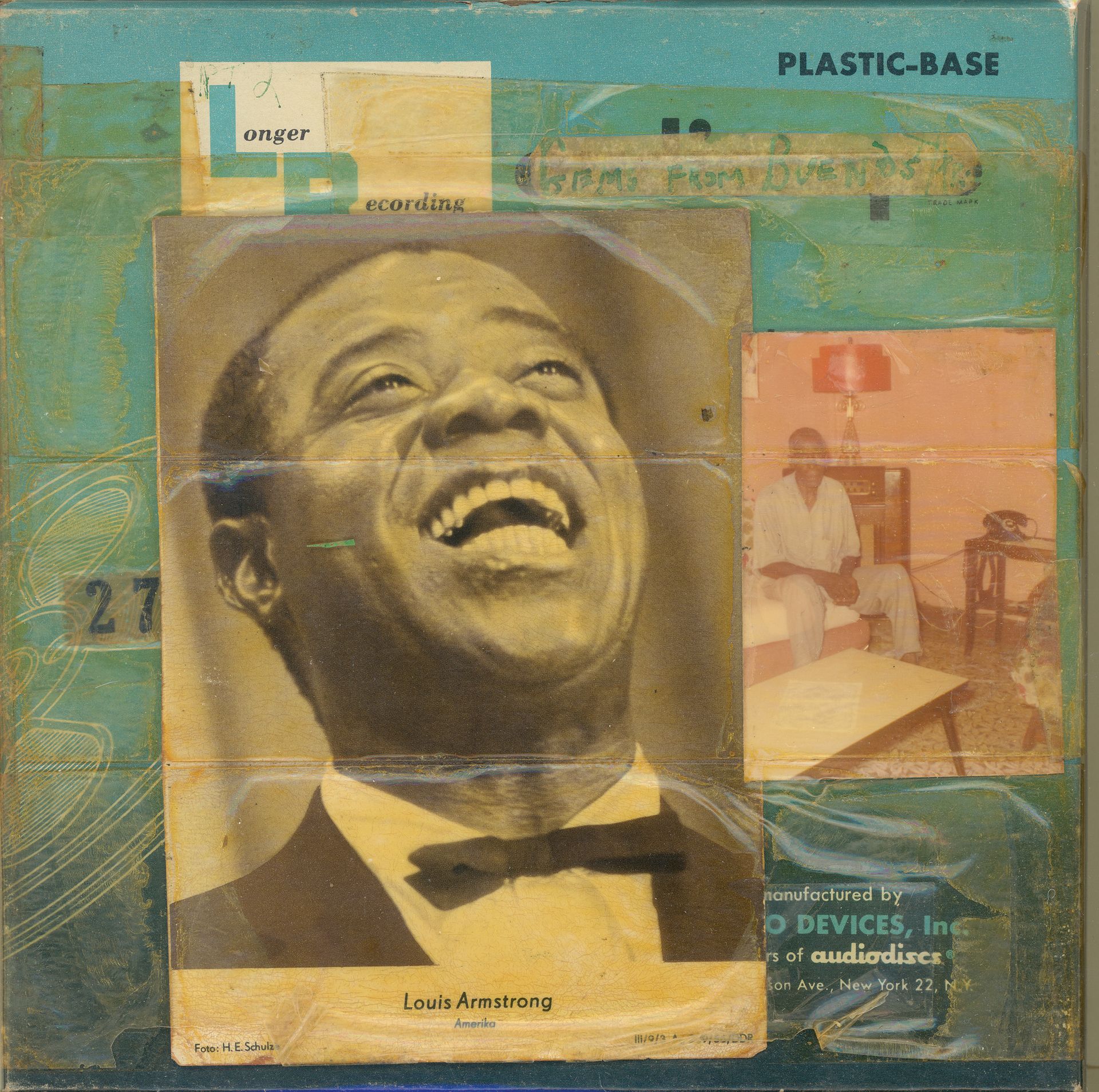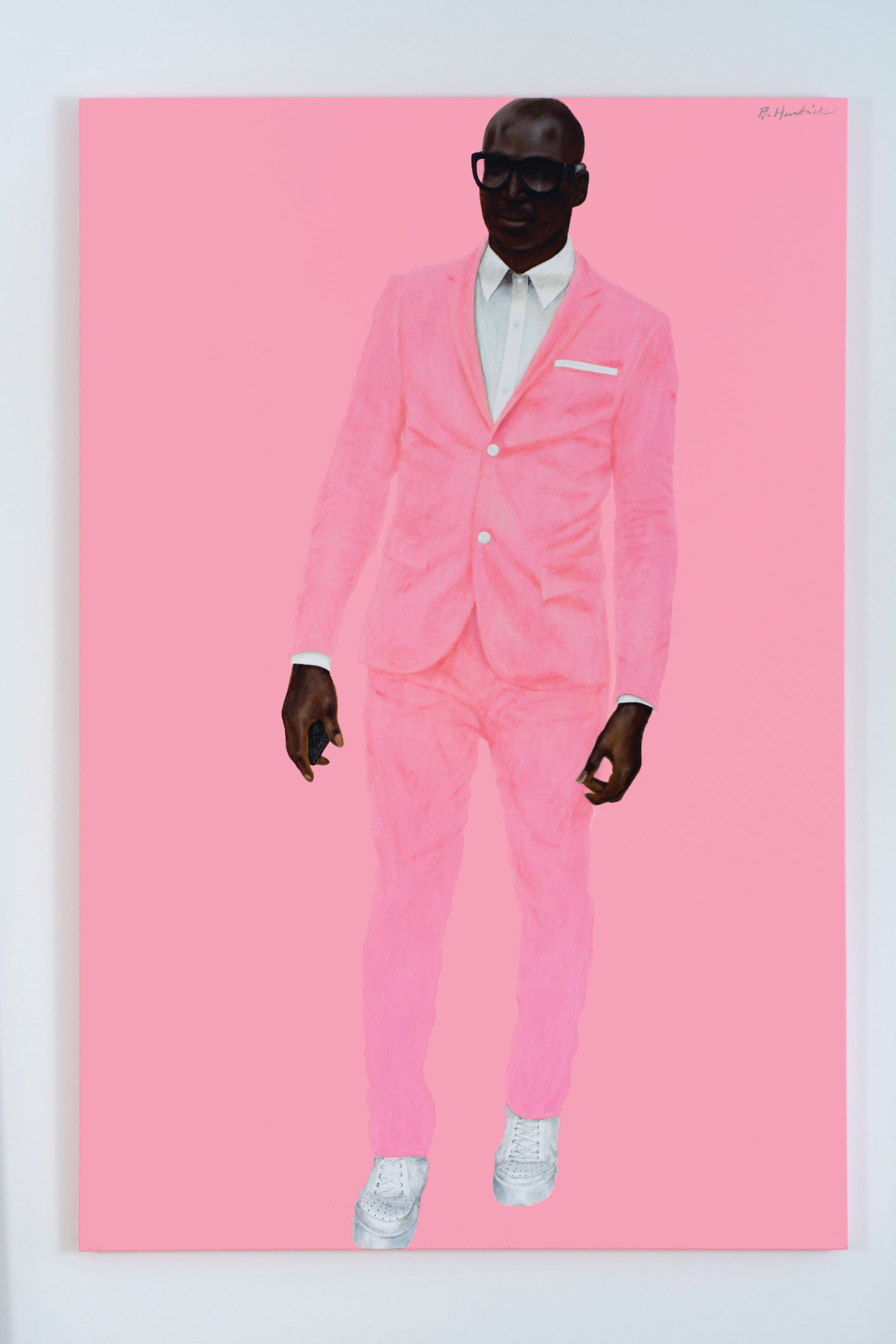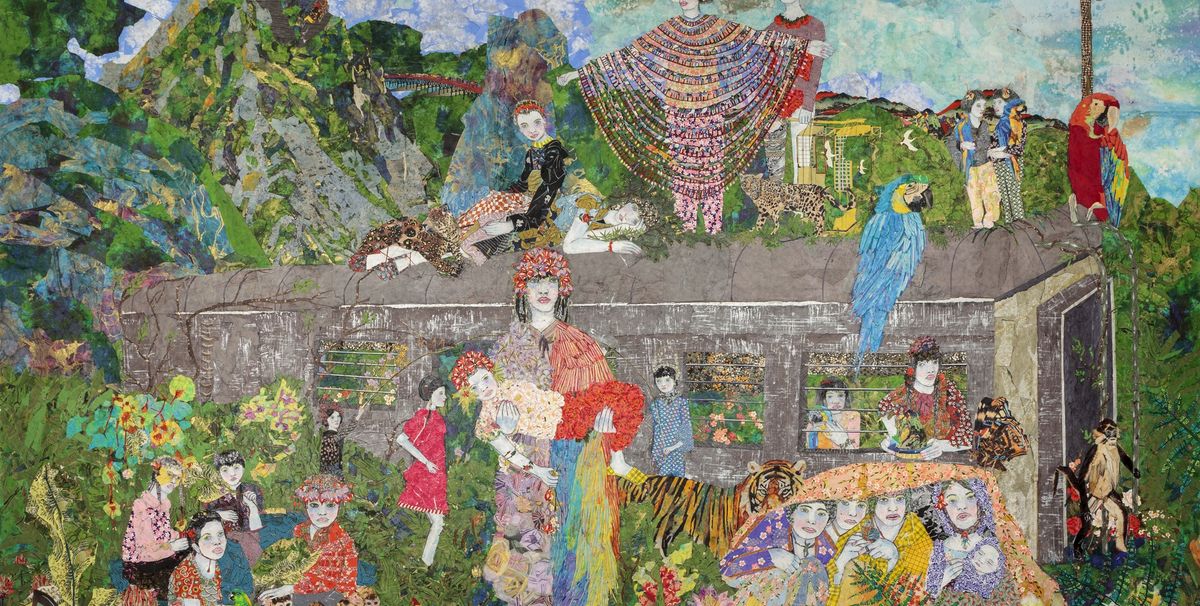“There’s no place like New Orleans,” says Trevor Schoonmaker, the artistic director of Prospect.4, the fourth edition of the biennial-turned-triennial contemporary art event in the Louisiana city, to launch this November (16 November-25 February 2018). The theme of this edition, the Lotus in Spite of the Swamp, is a nod to the city’s waterfront environment and its cultural history as the birthplace of jazz; the jazz saxophonist Archie Shepp called this art a triumph of the human spirit, a lily that grows “in spite of the swamp”, Schoonmaker explains (also adding the flower’s significance as a symbol of enlightenment in both Buddhism and Hinduism). The idea is “beautiful metaphor for overcoming difficulties”, he says.
Prospect.4 is not a contemporary art event that happens to be held in New Orleans, but an event that addresses this unique city’s identity. It will be spread across the city in 17 venues, including institutions like the Louisiana State Museum and even public transportation (such as an immersive work on a streetcar by the Baltimore-born, Brooklyn-based artist Derrick Adams).
Although the event has a global outlook, with around 25 countries represented on the roster of 73 artists and duos, the participants were chosen with a focus in mind, says Schoonmaker: they hail from places that relate New Orleans city, whether they are from the city and its surroundings (such as the New Orleans-born, New York) or from places that relate to the city’s history (such as Zineb Sedira, who now lives in London but comes from France, the colonial power that founded the city).

Several themes addressed in works in the biennial reflect the history, geography and culture of the city, which celebrates the tercentennial of its founding as Nouvelle Orléans by the French in 1718. The environment and ecology, for instance, are major concerns in the city, which is located in the Mississippi River Delta and was devastated by flooding during Hurricane Katrina in 2005.
Mark Dion will create an installation that looks like a real field station for studying the Mississippi River. Race and identity will be explored by artists such as Kara Walker, who is making a work in Algiers Point that deals with to the history of the area, where slaves were once quarantined upon arrival in New Orleans. While visiting the neighbourhood, she was struck by a tour steamboat that played Dixieland music, Schoonmaker says, and the work will respond to this. She has teamed up with the jazz pianist Jason Moran for this new commission, one of several commissions to address the city’s importance to the history of music. Collages that the late jazz great Louis Armstrong—a New Orleans native—who made the works on the covers for his reel-to-reel tapes, have been loaned by the Louis Armstrong House Museum in Queens for an exhibition at the New Orleans Jazz Museum.

There will also be a tribute to Barkley Hendricks, who was making works for Prospect.4 at the time of his sudden death in April, which remain unfinished. Instead, the event will mount an exhibition of around ten of his large-scale portraits back to the 1970s, many of which were tracked down from private collections.
Other artists in Prospect.4—which aims for diversity, Schoonmaker says—include the Nigeria-born, Los Angeles-based Njideka Akunyili Crosby; the Tokyo-born, New York-based Yoko Ono, and the Bogota Colombia-born, Brooklyn-based Maria Berrio.


